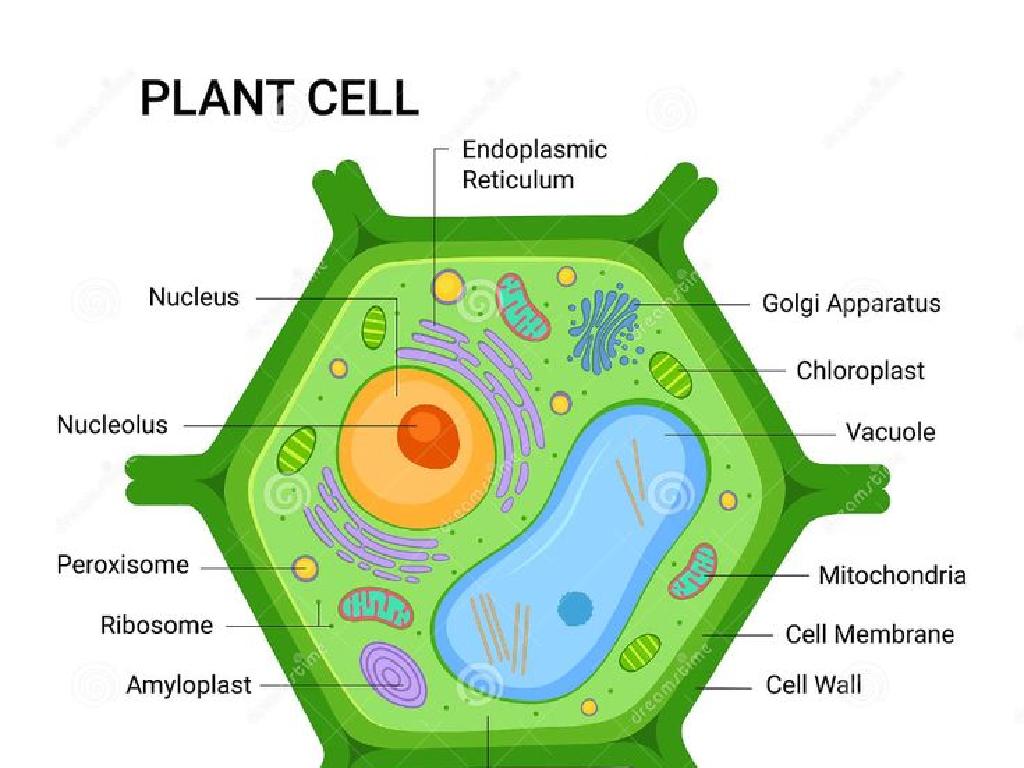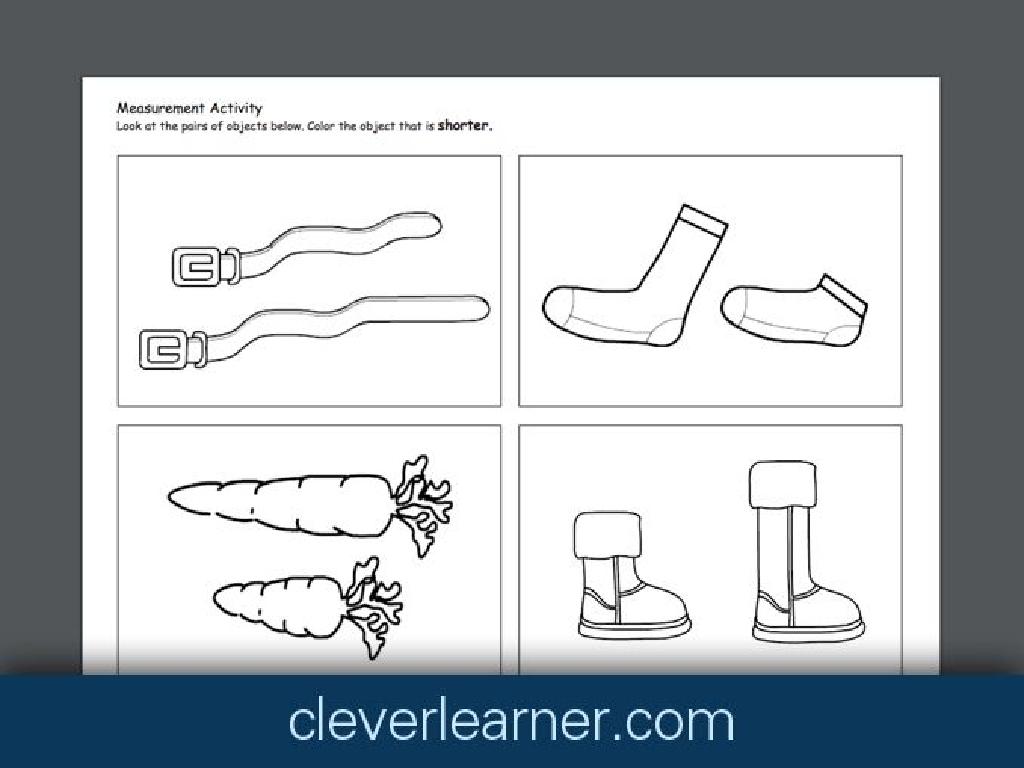How Do Sedimentary Rocks Form?
Subject: Science
Grade: Fourth grade
Topic: Rocks And Minerals
Please LOG IN to download the presentation. Access is available to registered users only.
View More Content
Today’s Adventure: Sedimentary Rocks!
– Explore the rock cycle
– The rock cycle shows how rocks change over time.
– Learn what minerals are
– Minerals are natural, solid substances found in rocks.
– Discover how sedimentary rocks form
– Layers of sand, soil, and remains become pressed together.
– Sedimentary rocks in our world
– Examples: sandstone for buildings, limestone for cement.
|
This slide introduces students to the fascinating world of sedimentary rocks, a key component of the Earth’s crust. Begin by explaining the rock cycle, emphasizing that rocks are not static but change forms over time through natural processes. Clarify that minerals are the building blocks of rocks, with each mineral having a specific chemical composition and crystal structure. Then, focus on how sedimentary rocks form from the accumulation and compaction of sediment, which can include sand, mud, and even the remains of living things. Highlight how sedimentary rocks are important to humans, providing materials for construction and other uses. Encourage students to look around their environment for examples of sedimentary rocks and how they are used in everyday life.
Exploring Sedimentary Rocks
– What are sedimentary rocks?
– Rocks formed from sediment, like sand, silt, and dead plants.
– Examples of sedimentary rocks
– Limestone from shells, sandstone from sand.
– Comparing rock types
– Softer and have layers, unlike igneous or metamorphic rocks.
– Formation process
|
Sedimentary rocks are types of rocks that are formed by the accumulation or deposition of mineral particles at the Earth’s surface, followed by cementation. Common examples include limestone, which is often composed of materials like shells and sandstone, which is formed from compacted sand. Unlike ignorous rocks that form from cooled lava or magma, or metamorphic rocks that form from transformation due to intense heat and pressure, sedimentary rocks often have distinct layers and can contain fossils. The formation process involves weathering, erosion, deposition, compaction, and cementation. This slide will help students differentiate sedimentary rocks from other types and understand their unique characteristics and formation.
Formation of Sedimentary Rocks
– Weathering breaks down rocks
– Rocks become smaller pieces called sediments.
– Erosion carries particles away
– Water, wind, or ice move sediments to new locations.
– Sediments deposited by water or wind
– Layers of sediments settle in lakes or oceans.
– Compaction and cementation make rock
– Layers get pressed together and harden over time.
|
This slide introduces the process of sedimentary rock formation to fourth-grade students. Begin with weathering, the natural breaking down of rocks into smaller pieces called sediments. Explain erosion as the movement of these sediments by natural forces like water, wind, or ice. Discuss deposition, where these particles settle in new places, often in bodies of water. Finally, describe compaction and cementation, where layers of sediment build up over time, get pressed together, and harden to form sedimentary rocks. Use examples like sandstone and shale, and consider bringing samples or pictures for a more interactive experience.
Weathering and Erosion: Creating Sedimentary Rocks
– Understanding weathering
Weathering breaks down rocks into smaller pieces.
– Types: Physical & Chemical
Physical weathering is caused by temperature changes, while chemical weathering involves reactions.
– Erosion moves sediments
Erosion is the process that transports these pieces to new locations.
– Formation of sedimentary rocks
|
This slide introduces the concepts of weathering and erosion, which are crucial first steps in the formation of sedimentary rocks. Weathering is the process that breaks down rocks into smaller pieces through physical means like temperature changes causing expansion and contraction, or chemical means such as acid rain. Erosion then takes these smaller pieces, or sediments, and moves them through natural forces like water, wind, or ice. Over time, these sediments are deposited in layers and compacted to form sedimentary rocks. It’s important for students to grasp these concepts to understand the rock cycle and the nature of Earth’s surface. Encourage students to think of examples of weathering and erosion they have seen in their own experiences, such as sand on a beach or soil being washed away by rain.
Formation of Sedimentary Rocks: Deposition
– Sediments settle from water or wind
– Like sand settling at the bottom of a lake
– Various environments of deposition
– Deserts, rivers, and oceans each have unique deposition
– Sediments form layers over time
– Layers pile up and press down over years, forming rocks
|
This slide explains the initial step in the formation of sedimentary rocks, which is deposition. Deposition occurs when particles carried by water, wind, or ice settle out and accumulate in a new location. Different environments where deposition can occur include deserts, where sand is blown into dunes, or rivers, where silt can settle on the riverbed. Over time, these layers of sediment build up, and the weight of the layers above presses down, compacting the sediments to form sedimentary rocks. It’s important to provide clear examples that students can visualize, such as how mud settles at the bottom of a pond, or how sand dunes form in the desert. Encourage students to think about how these processes take a very long time and involve a lot of material being moved from one place to another.
Formation of Sedimentary Rocks: Compaction & Cementation
– Sediments are pressed together tightly
– Over time, layers of sand and mud get compacted by weight from above
– Minerals act as glue in cementation
– Water flows through and leaves minerals behind to bind sediments
– Layers build up over time
– More and more layers add pressure, compacting the sediments further
– This process forms solid sedimentary rock
– Eventually, the compacted and cemented layers harden into rock
|
This slide explains the final stages in the formation of sedimentary rocks. Compaction occurs when sediments are pressed together under the weight of overlying materials. Cementation happens when minerals precipitate from water and act as a glue to bind the sediments together. Over time, as more layers accumulate, the pressure increases, leading to the formation of solid rock. It’s important to emphasize the gradual nature of this process and how it takes thousands or millions of years. Use examples like sandstone and shale, which are common types of sedimentary rocks formed through these processes.
Examples of Sedimentary Rocks
– Sandstone: from sand
– Formed by compacting sand over time
– Shale: from mud
– Formed from layers of mud compacting
– Limestone: from calcite
– Made of calcite from shells & coral
|
This slide introduces students to different types of sedimentary rocks and their origins. Sandstone is created when sand is compacted over a long period, often found in desert or beach environments. Shale is formed from mud that has settled in layers, often in riverbeds or ocean floors. Limestone is composed mainly of calcite, which comes from the accumulation of shell, coral, and algal debris. These examples help students understand how various sedimentary rocks are formed through natural processes involving the compaction of different materials. Encourage students to think about where these rocks might be found and how the environment plays a role in their formation.
The Importance of Sedimentary Rocks
– Sedimentary rocks record Earth’s history
– Like pages in a book, each layer can tell a story about past environments.
– Fossils are often found in sedimentary rocks
– Fossils give clues about plants and animals that lived millions of years ago.
– Many resources come from sedimentary rocks
– Oil, natural gas, coal, and minerals are examples of resources.
– Understanding rock layers helps scientists
– Scientists study rock layers to learn about Earth’s history and future.
|
Sedimentary rocks are crucial for understanding our planet’s history. They are formed from particles of sand, shells, pebbles, and other fragments of material. Gradually, these particles settle in layers and over a long period of time harden into rock. Each layer can provide valuable information about the Earth’s past, including the climate, conditions, and life forms that existed at the time the layer was formed. Fossils, which are the preserved remains of ancient organisms, are primarily found in sedimentary rocks, offering a glimpse into life on Earth millions of years ago. Additionally, sedimentary rocks are a source of important natural resources such as fossil fuels and minerals, which are vital for energy and various industries. By studying these rocks, scientists can make predictions about geological events and find resources that are essential for our civilization.
Class Activity: Edible ‘Sedimentary Rocks’
– Create edible ‘sedimentary rocks’
– Each snack is a sediment layer
– Use different colored snacks to represent various sediments
– Observe layer formation
– Discuss how layers stick together
– Think about what makes the layers combine
|
In this hands-on activity, students will learn about sedimentary rock formation by creating layers of ‘sediment’ using a variety of snacks such as cereal, pudding, and gummies. Each snack choice will represent different types of sediment found in nature. Students will layer these snacks to simulate how sedimentary rocks are formed over time. As they build their edible rock layers, encourage them to observe the process of how each layer settles and what causes them to stick together, such as pressure or a ‘cementing’ material like pudding acting as sedimentary glue. This activity will help students visualize and understand the concept of sedimentary rock formation in a fun and interactive way. Possible variations of the activity could include using different materials for sediments, applying pressure to the layers to simulate compaction, or even using melted chocolate to represent heat and pressure causing changes between the layers.






